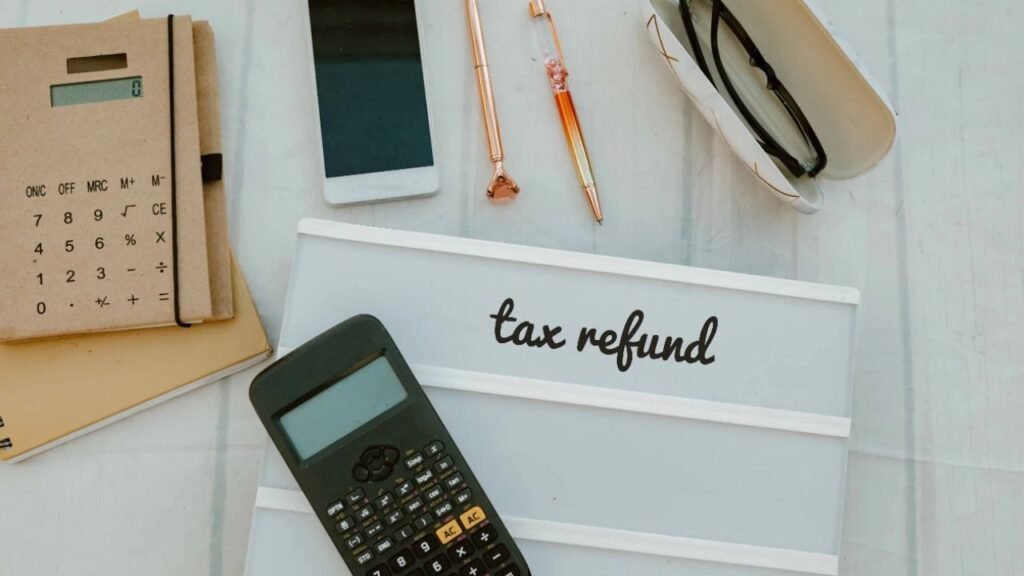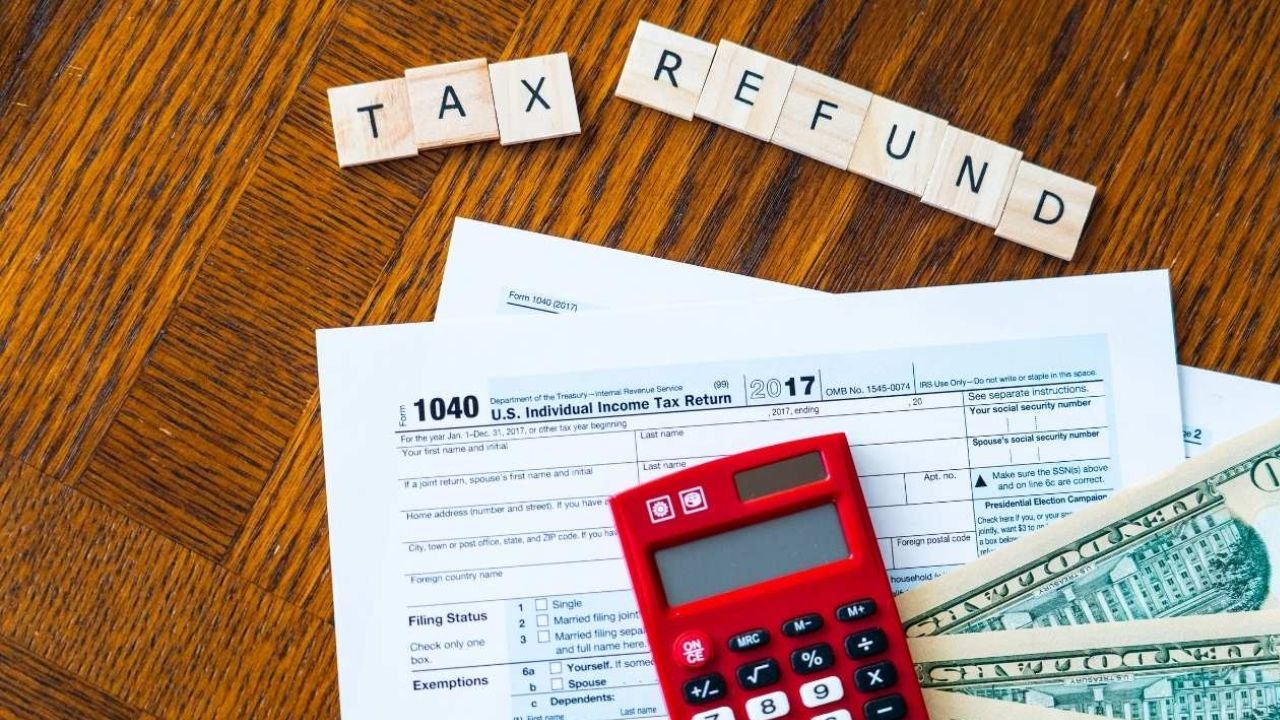In 2025, New York State will provide timely relief to residents grappling with higher living expenses via the new Inflation Refund Checks program. As part of the 2025-2026 state budget, this initiative is designed to return surplus sales tax revenue collected during a period of rapid inflation. More than 8 million New Yorkers are expected to receive a one-time payment ranging from $150 to $400 an effort to bolster household budgets in a time of rising consumer prices.
| Filing Status | Income Bracket | Refund Amount |
|---|---|---|
| Single | Up to $75,000 | $200 |
| Single | $75,001 – $150,000 | $150 |
| Married Filing Jointly | Up to $150,000 | $400 |
| Married Filing Jointly | $150,001 – $300,000 | $300 |
| Head of Household | Up to $75,000 | $200 |
| Head of Household | $75,001 – $150,000 | $150 |
| Married Separately | Up to $75,000 | $200 |
| Married Separately | $75,001 – $150,000 | $150 |
| Qualified Surviving Spouse | Up to $150,000 | $400 |
| Qualified Surviving Spouse | $150,001 – $300,000 | $300 |
Launching a Statewide Relief Effort
Unlike complex application-based programs, New York’s Inflation Refund Checks will be distributed automatically. Eligible recipients will have their payment mailed directly to the address found on their 2023 state tax return, with no application or further action required. The initiative is geared toward low and middle-income residents whose budgets have been most affected by increased sales taxes during the inflation spike.
Understanding How Payment Tiers Are Determined
Refund amounts are based on 2023 income and filing status. Single filers and heads of household with incomes under $75,000 will receive $200, while married couples filing jointly can receive up to $400. Higher income brackets see reduced payment amounts, and those above the eligibility thresholds will not receive a refund. Taxpayers who were claimed as dependents in 2023 are also excluded from this round of payments.
Mailing Timeline and Delivery Process

The Department of Taxation and Finance will begin mailing the checks in mid-October 2025. With over 8 million payments being processed, delivery will take several weeks and there is no set regional or alphabetical order. Unlike some prior refund programs, there will be no online tracking for individual payments, making it important for residents to ensure their current address is on file.
Funding Source and Program Highlights
The program is funded using surplus revenue, primarily from higher sales tax collections accrued as inflation pushed up the prices of goods and services. Officials emphasize this refund is not considered taxable income and will not impact eligibility for other New York State benefit programs.
No Application Necessary It’s Automatic
State administrators have designed the process to be seamless. Residents do not need to apply, worry about eligibility reviews, or provide supporting documents. The program uses recent tax return data, making participation easy and reducing the risk of missing out for qualified taxpayers.
Encouraging Responsible Use and Transparency
Recipients are encouraged to use their refund checks as needed for household expenses, debt reduction, or savings. The intent is to provide meaningful, no-strings-attached support to those communities and households most impacted by the economic turbulence of the past year.
Guidance for Residents Awaiting Payment
Although there is no tracking system, the Department of Taxation and Finance advises residents to check that their most current mailing address has been updated on their recent tax return. The department also reminds residents that contact center agents cannot expedite or provide status updates for individual payments, though general information is posted on the state’s official channels.
Setting a Precedent for State-Level Economic Relief
This program highlights New York’s commitment to innovative, broad-based relief efforts during periods of economic volatility. With targeted payments reaching millions of residents, the Inflation Refund Check initiative offers a model for how states can use surplus revenue to soften the blow of rising living costs and deliver meaningful support, right when it’s needed most.

